I love creating from a blank piece of paper and leading teams to build ambitious projects.
I bring a process-centric mindset to all my work.
My technical background is in hardware and artificial intelligence, focusing on computer vision.
I love telling stories.
Currently, I am exploring tech for a startup to build or join. Check out my FAQs!
I recently finished my EE Bachelor's (Hardware & Software specialisation) in June 2021 and my CS Master's (AI specialisation) in December 2021, both at Stanford.
Talk to me in English, Spanish or French; or help me practice my modest Chinese!
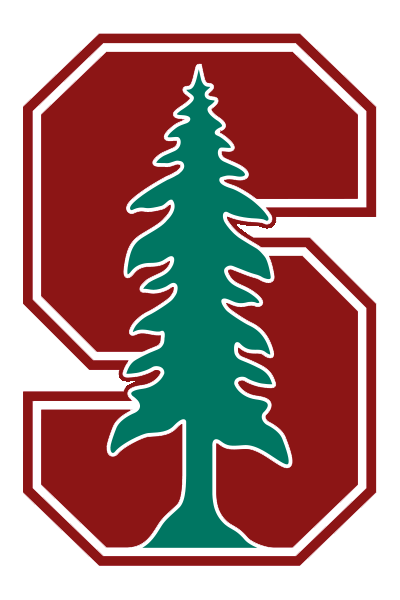
Philip Mateo Pfeffer
MY ORGANISATIONS
The Creator's Community (April 2020 - January 2022)
Product Hub of Stanford Students
What is it?
We are the community for entrepreneurial students at Stanford building ambitious projects.
What do I do?
I founded and grow the community, organising recurring 15-person Project Accelerator Months with Joshua Dong and Marina Takehana.
How can I join?
Currently, we're interviewing the next cohort of aspiring founders (please get in touch!) for admission to the second Gap Month.
What's our value add?
- Creating a vision for the future matters. We create conversations between unique thinkers to develop our visions
- Ambitious projects encounter dilemmas. We share ours to get fresh eyes and to spur new strategies.
- Ambitious projects are challenging. We peer pressure each other to make progress by keeping momentum high
How do we design?
We conduct needs-finding interviews with creators to design an accelerator that has resulted in products launched, books published, and relationships built
Read more...
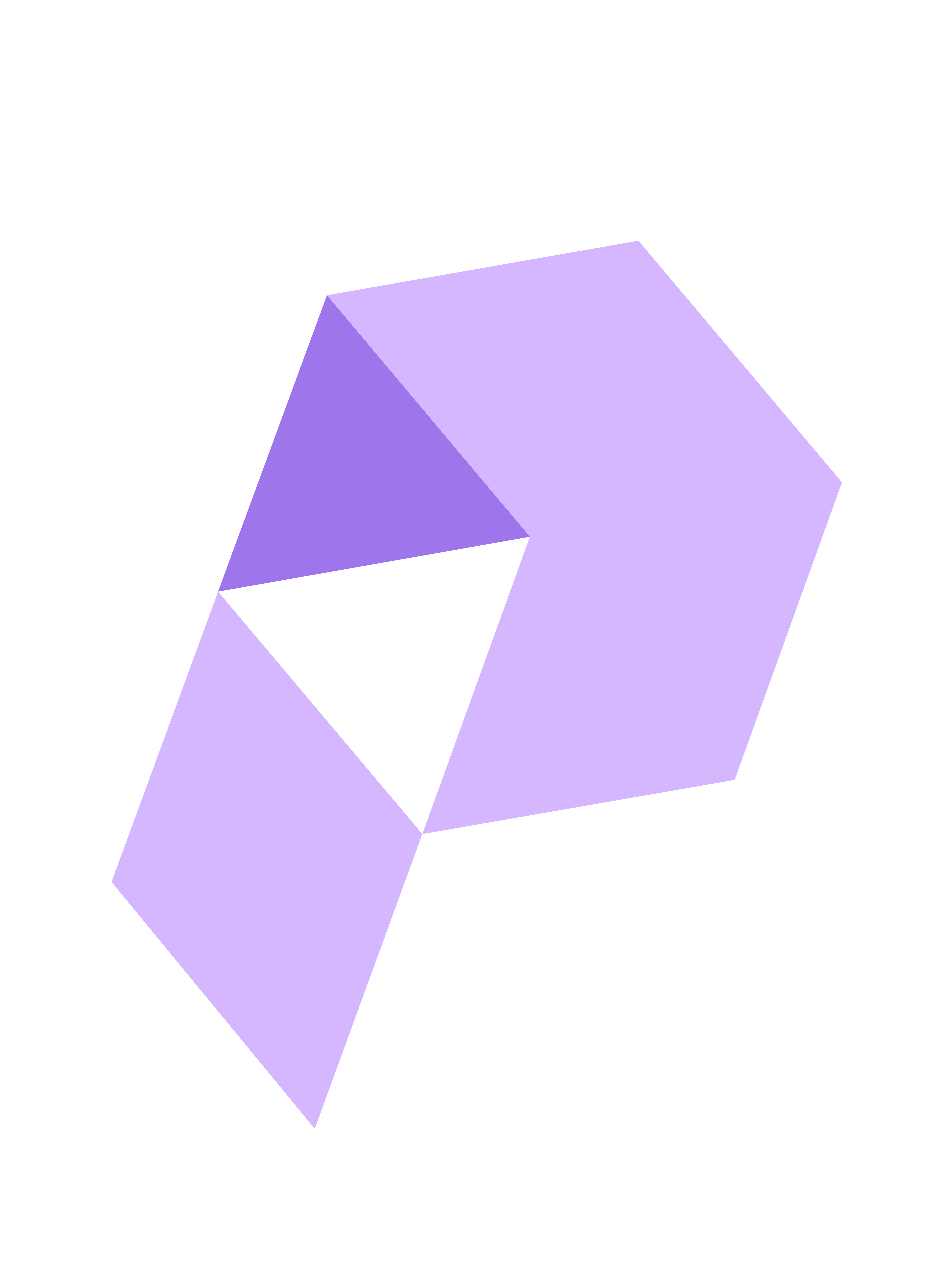
FLEX Quarter (July 2020 - December 2021)
I run an intensive weekly workout group for friends, FLEX Quarter. We're so official, we even have a site: flexquarter.co.uk!
Take me to the site!

FORGE Robotics (2017-2019)
I founded this organisation in secondary school (that's high school for the Americans) to make robotics accessible to UK primary school children. I recruited students from my school's robotics team (read about Westminster FIRST Robotics) to mentor the primary school teams, allowing the older students to practice their leadership and organisation while giving back to the community.
Read more coming soon!
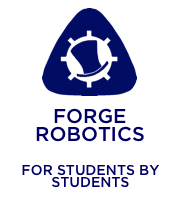
Westminster FIRST Robotics: FORGE (2015-2017)
I founded this in 2015 to inspire other students to work together to build towards a common ambition,
to learn about STEM and robotics,
and to bring Westminster into the 21st century.
The first year, we took our first team to compete in FIRST Eindhoven, NL.
The second year, we became three Vex robotics teams and competed around the UK.
It still continues today under the guidance of Sam Page and The Blacksmith, Rich Maynard.
Read more coming soon!
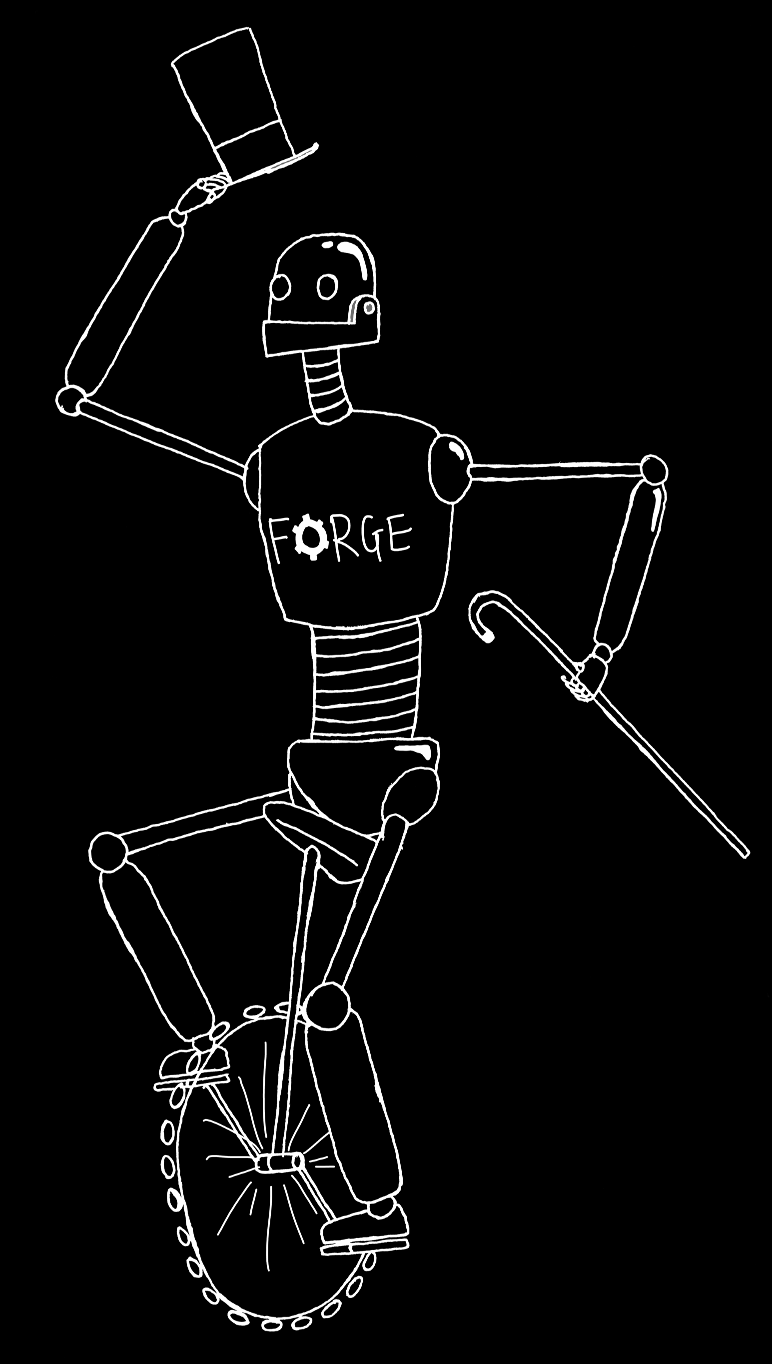
MY PROJECTS
Haptic Vest (September 2020 - December 2020)
Category: AI, Computer Vision & Edge Hardware
What is it?
Imagine being visually impaired but still able to feel the movement of surrounding crowds and cars on your body. Imagine being a peacekeeper but resting assured that unexpected movements behind you will be transduced into your shirt. Imagine being a twenty year-old playing Pokémon Go and receiving a haptic vibration pointing you towards your next catch. This can be achieved by wearing a 'haptic vest' that uses a camera to capture images, a computer vision model to process them and coin-sized vibration motors that vibrate the shirt to communicate the output.
Why this project?
I wanted to learn about AI computer vision on the edge. This application allows me to learn about and experiment with AI on hardware while building a full end-to-end project. I have been trying out ideas to make computer vision better on edge devices without needing to build a full self-driving car. I love the idea of an AI + AR driven world, like that presented in Daemon and FreedomTM by Daniel Suarez.
The secret is in the on-chip AI, but here's the prototype circuit I'm using!
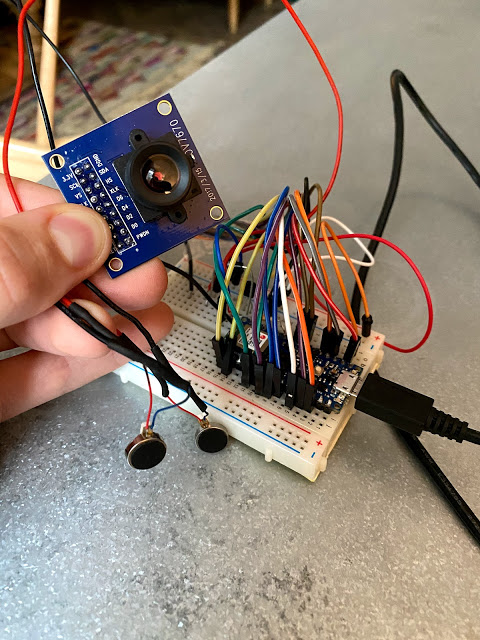
Read more...
wormhole.io
Category: Design Sprint & Future of Internet
The goal: To build an internet for the world's most ambitious people to ask & discuss great questions.
I spent a week leading myself and my brother, Tomás Pfeffer, through a design sprint (shoutout to The Sprint Book by Jake Knapp!).

Check out the figma prototype here!
(The prototype starts on a make-believe tweet to put our user testers into the zone. Click 'wormhole.io' to be taken to our prototype site!)
JIIFF: Film Festival Design Sprint
Category: Product Management & Design Sprint
I spent a week leading the José Ignacio International Film Festival
through a design sprint to build a film industry-facing business.
Their previous offering was focused on movie-goers, but the team wanted to build a profit-making industry-facing branch.
I had read The Sprint Book by Jake Knapp two weeks before and organised this project to
practice and refine my abilities.
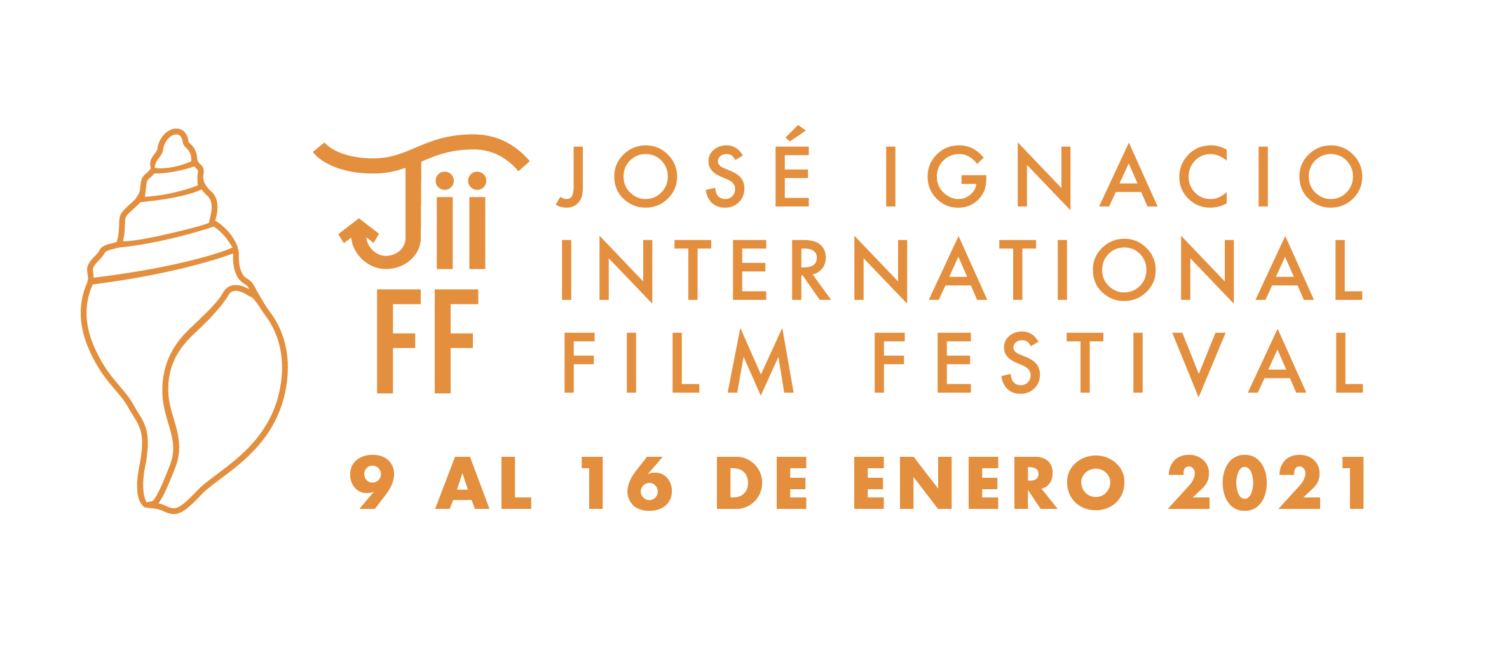
Read more coming soon!
Almanac: The Marauder's Guide
Category: Start-Up Pitching, Augmenting Cities & Product Design
In one sentence
The Marauder's Guide: Your guide for getting up to no good in a city!
What's the problem?
The loneliness and isolation caused by today's gaming & media companies.
What does your company/idea do?
We're Almanac and we give you personalised challenges that make you explore your city with your friends.
Instead of the Marauder’s Map from Harry Potter, we’re The Marauder's Guide: Your guide for getting up to no good in a city!
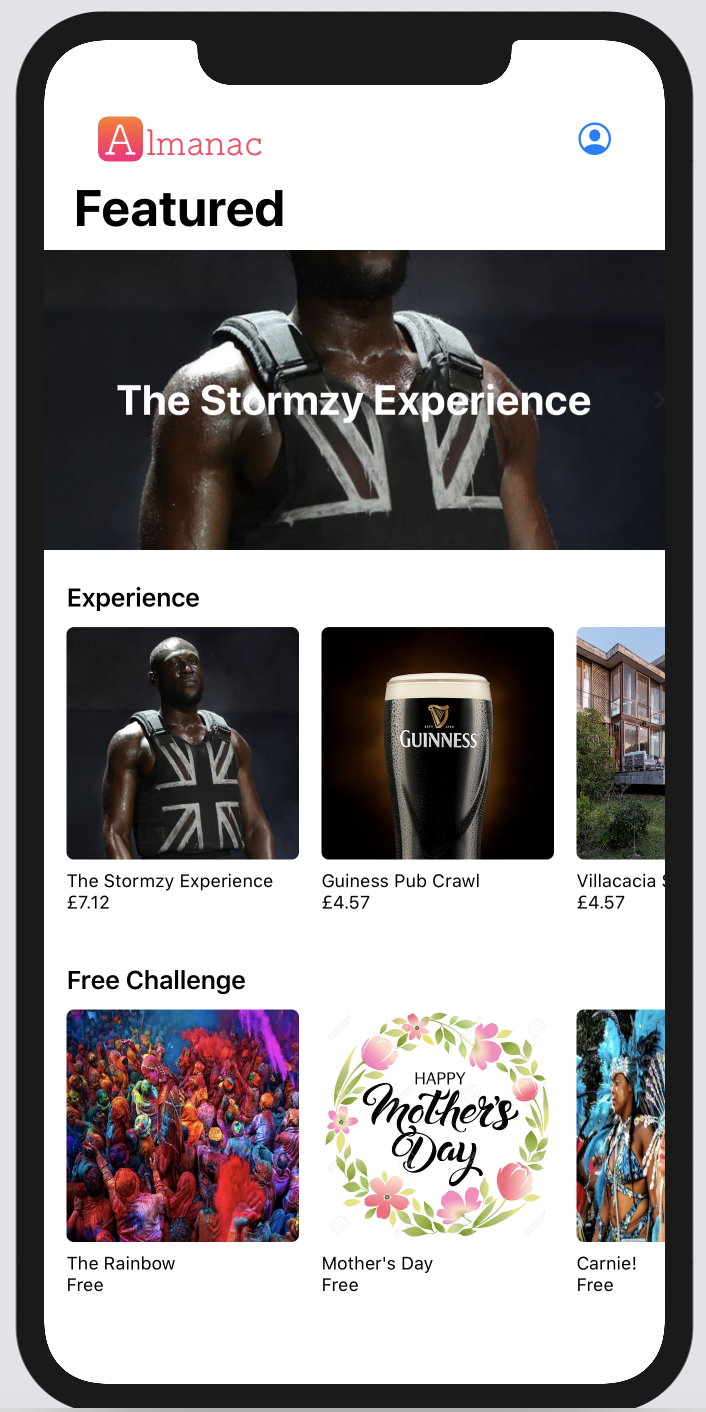
Read more...
FastAI Projects
Category: AI & Computer Vision & Edge Hardware
A series of short projects created using the fast.ai library and courses,
including a clothing classifier and a neural net for MNIST written in PyTorch.
If you know how to code and want to learn about neural nets, I can't recommend this course highly enough!
Also, take a week to read Michael Nielsen's Neural Networks and Deep Learning.
They're both online, free and brilliant.
Check out my fast.ai projects!
PicMe
Category: AI & Computer Vision
Description coming soon! In the meantime...
Check out the GitHub!
DUTothy: A DJ's Best Friend
Category: FPGAs & Verilog
A hefty FPGA project I created using Verilog with fellow Stanford EE Ryan Ressmeyer,
DUTothy is a hardware logic-based version of the popular Ableton Push, an instrument/music synthesiser.
This was built in Stanford's EE 108 - Digital System Design, a notoriously intense class Ryan and I later TA-ed!
We implemented three main features:
- A looping backbeat that you could design and change on the spot,
- An accelerometer programmed to act like the obscure instrument, the Theremin,
- And a live waveform display to visualise music in the style of this Arctic Monkeys music video.
We even added some bonus features!
- The ability to change the music to sound like four different instruments (implemented by manipulating the waveforms to contain certain harmonics).
- The accelerometer doubles as a Minority Report-esque control, where tilting your hand to the right speeds up your music and left rewinds it for all your editing desires!
DUT = Device Under Test. -othy comes from Timothy. I stand by this being an amazing name and will die on this hill.
Read more coming soon!
Boggo The Doggo
Category: Electronics & Games
Boggo the Doggo was a Tamagochi-like sprite that lived in a little world defined by an 8x8 grid of LEDs.
Boggo was built for Stanford's E40M, but because I already knew electronics, I took it a little too seriously...
Everyone in the class had to build these 8x8 grids and had to create their own animations.
I thought it would be fun to create a sprite who did not just live and play in your screen,
but also, if you physically connected your screen to someone else's, could jump into their screen to explore an expanded world!
That way Boggo could jump around everyone in the class's screens!
Boggo was implemented in Arduino and the communication between screens used the I2C communication protocol.
Here's a brief I wrote!
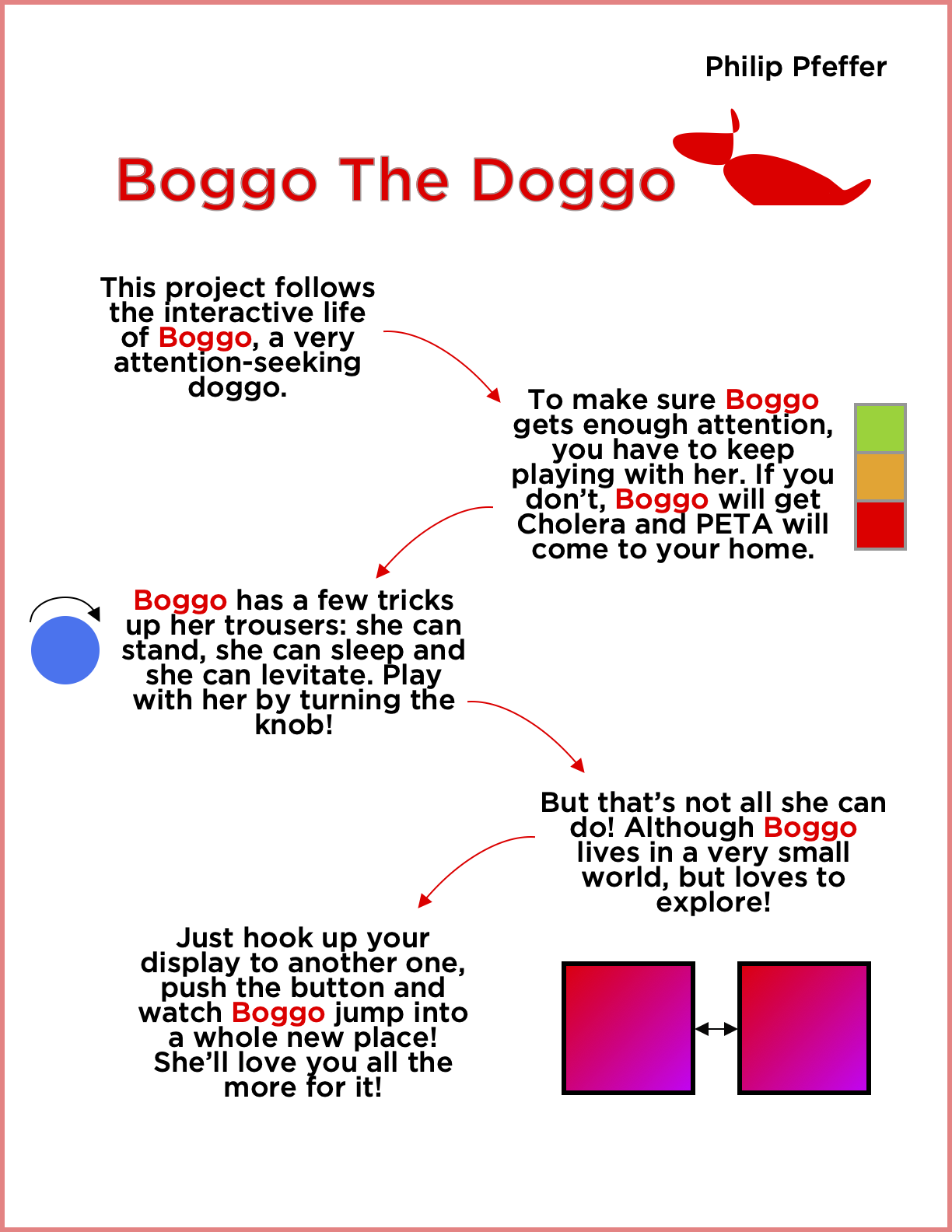
Bio-Inspired Algorithms (SWARM & Genetic)
Category: Learning Algorithms
A research report I wrote with my friend and fellow Stanford EE Raul Dagir
describing and implemeting two kinds of bio-inspired algorithms.
SWARM algorithms: based on the emergent behaviour of ants, this algo also happens to be the subject of a great sci-fi book Kill Decision.
Genetic algorithms: inspired by mutations in our DNA, this algo randomly chops and changes parameters to become better at solving a problem.
I coded a genetic algorithm to learn to play Blackjack.
Check out the site!
PHELISIDAD
Category: Operating Systems & Signal Processing
Live music interpretation software that displays sheet music, listens to you play music on a piano, and colourfully shows you which notes you hit and which you missed in real-time.
Much like Yousician or Guitar Hero.
This was built on a bare-metal Raspberry Pi using an operating system I coded myself from scratch (in 8 weeks!).
Phelisidad was built in Stanford CS 107E (Operating Systems from the Ground Up) with Elise Gonzalez.
Phil... Elise... Felicidad... Phelisidad... Geddit? Yeah ok.
Read more coming soon!
Filmography
Category: Filming, Screenplay & Physics
I always loved to make short films, from music videos to physics explanations. Here are a few!
Stories
Science-y
Mayday! Translator:
Morse & Semaphore Translator
Category: Electronics
Description coming soon!
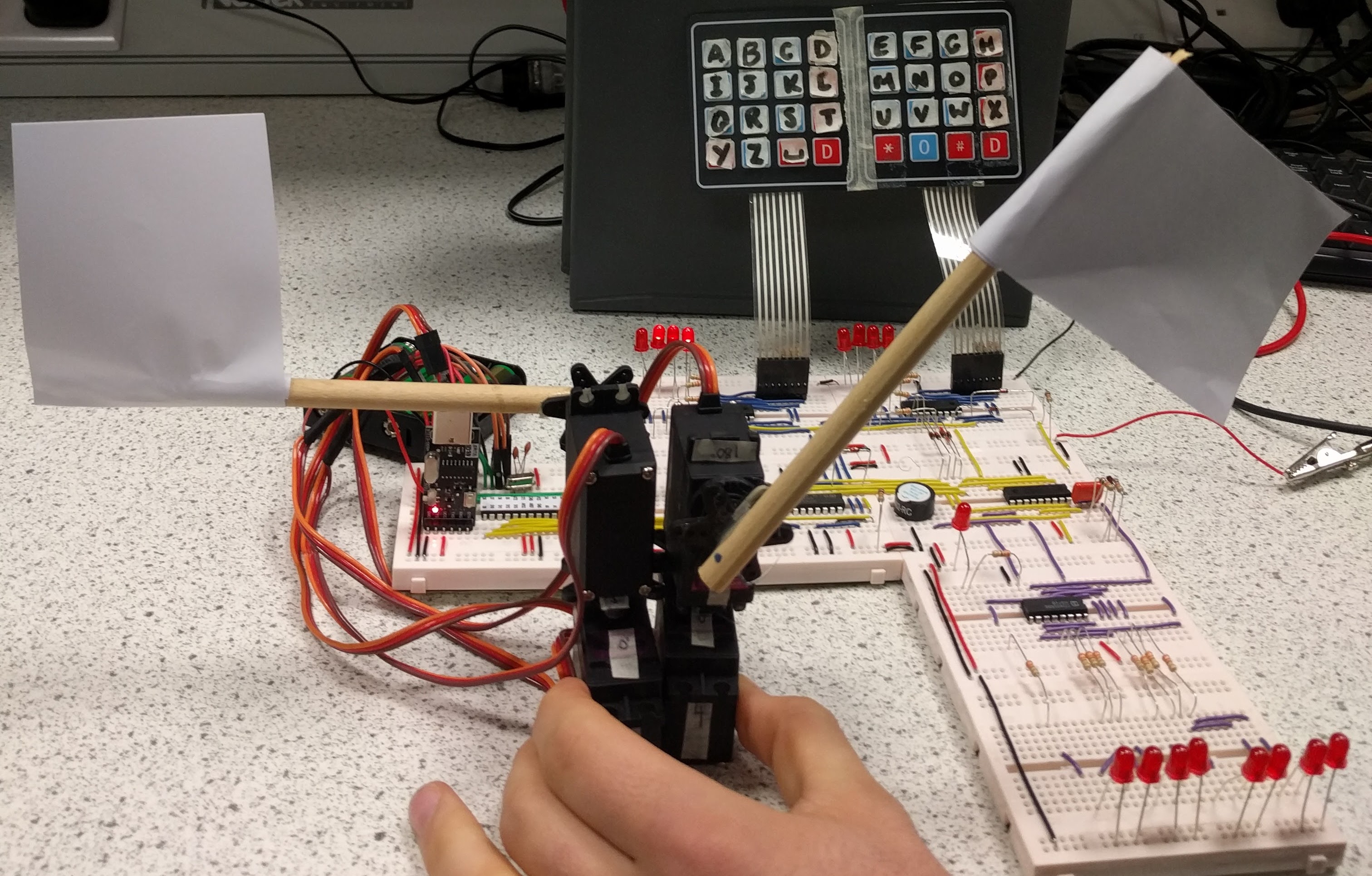
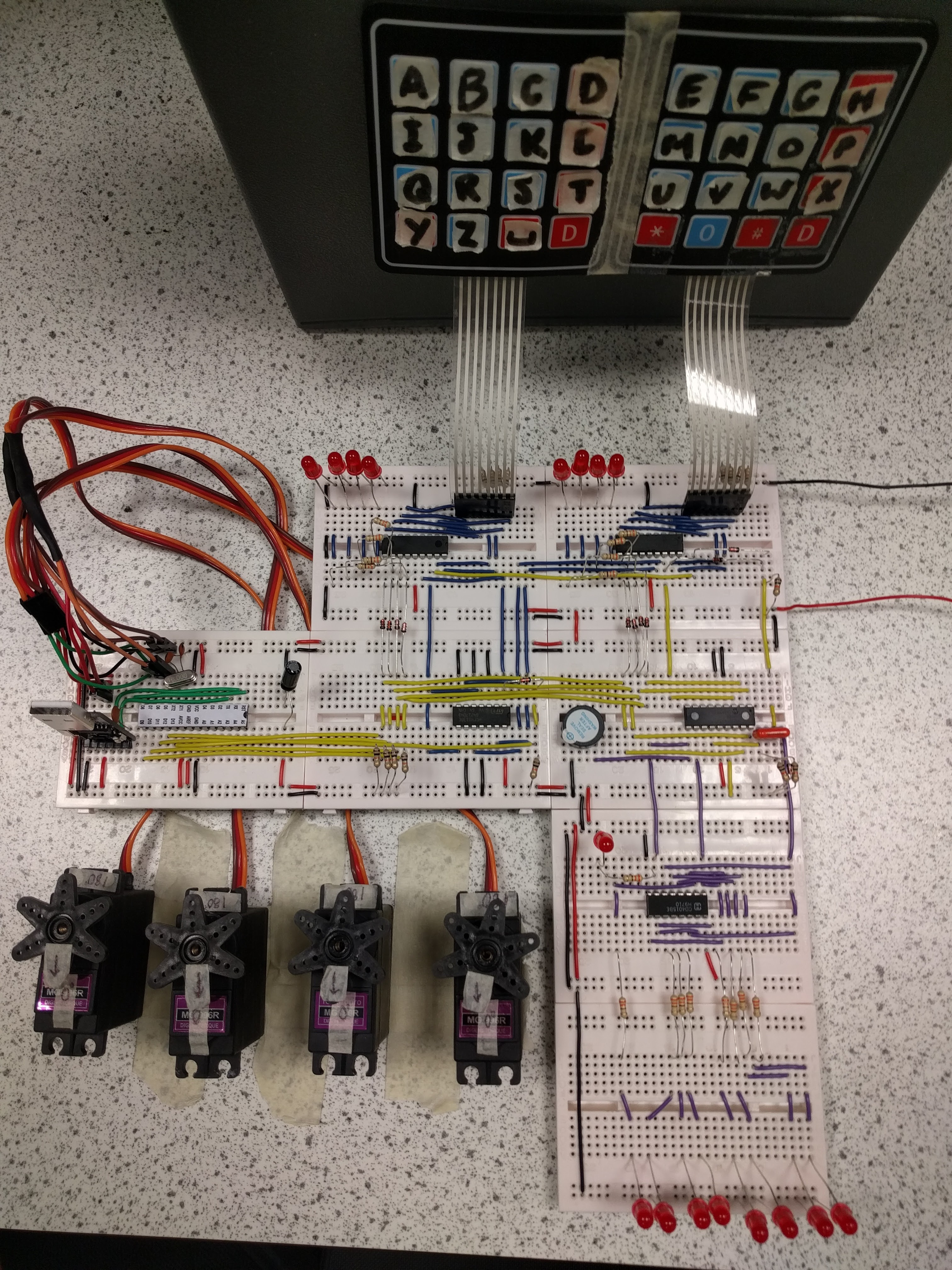
Westminster: Hooke Science & Engineering Society
Category: Leadership & Speeches
A speaking society I lead at Westminster named for our predecessor Robert Hooke (yup, the springs guy).
We held all sorts of talks and events, including one by a close friend and the Executive Director of the Machine Intelligence Research Institute, Nate Soares (go check him out!).
Burgular Alarm
Category: Electronics
Description coming soon!
All done with ICs and assemly programming.
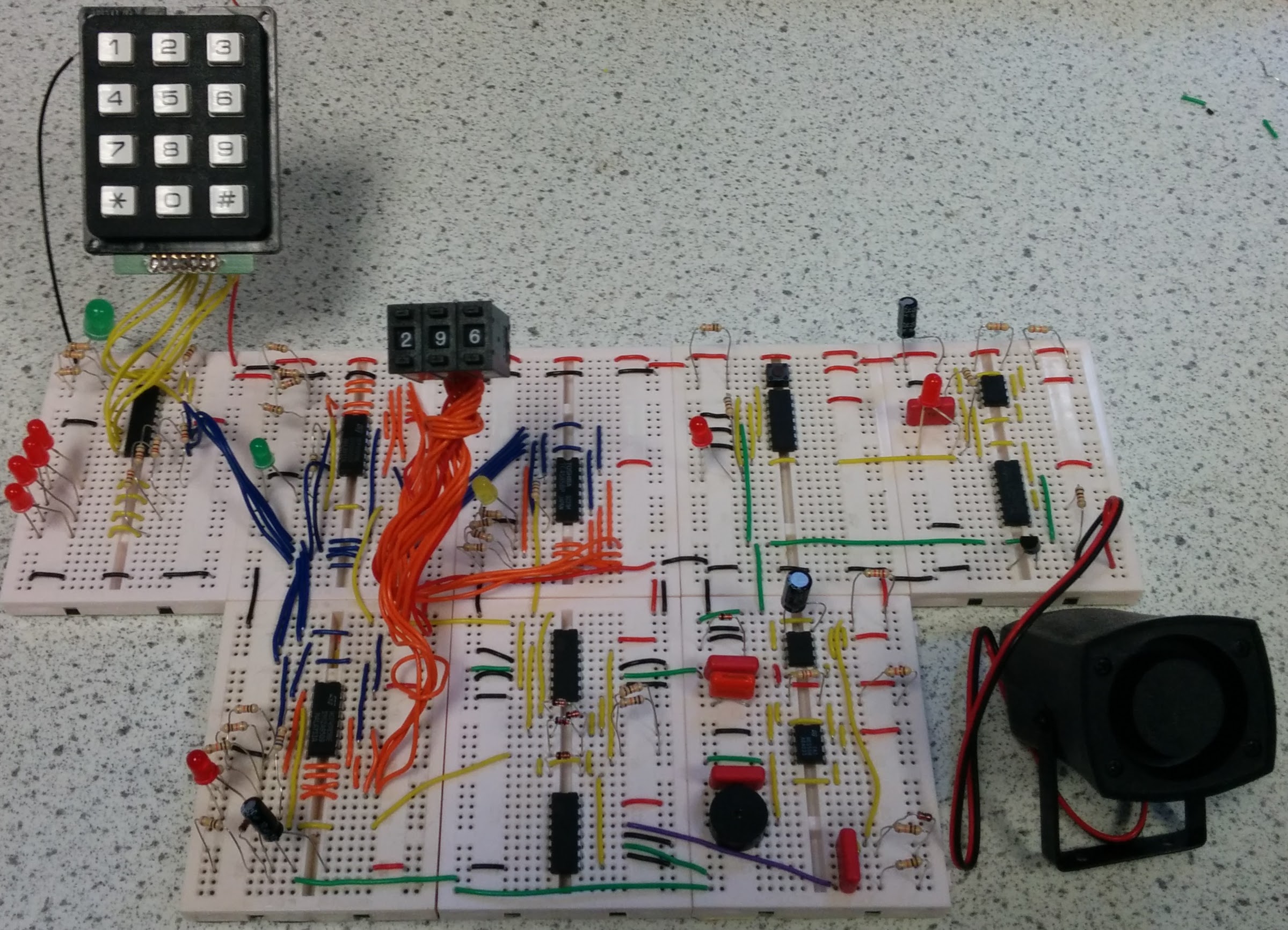
3D Printer
Category: Electronics
One of the projects that started it all! I bought a Prusa i8 kit to build my own 3D printer, aged about 13. Here's a picture of me building the printer that my partner insists is cute...
Electric Guitar
Category: Electronics
I built an electric guitar from scratch with two friends, Max Manning and Leo Turoff. Check out the pictures.
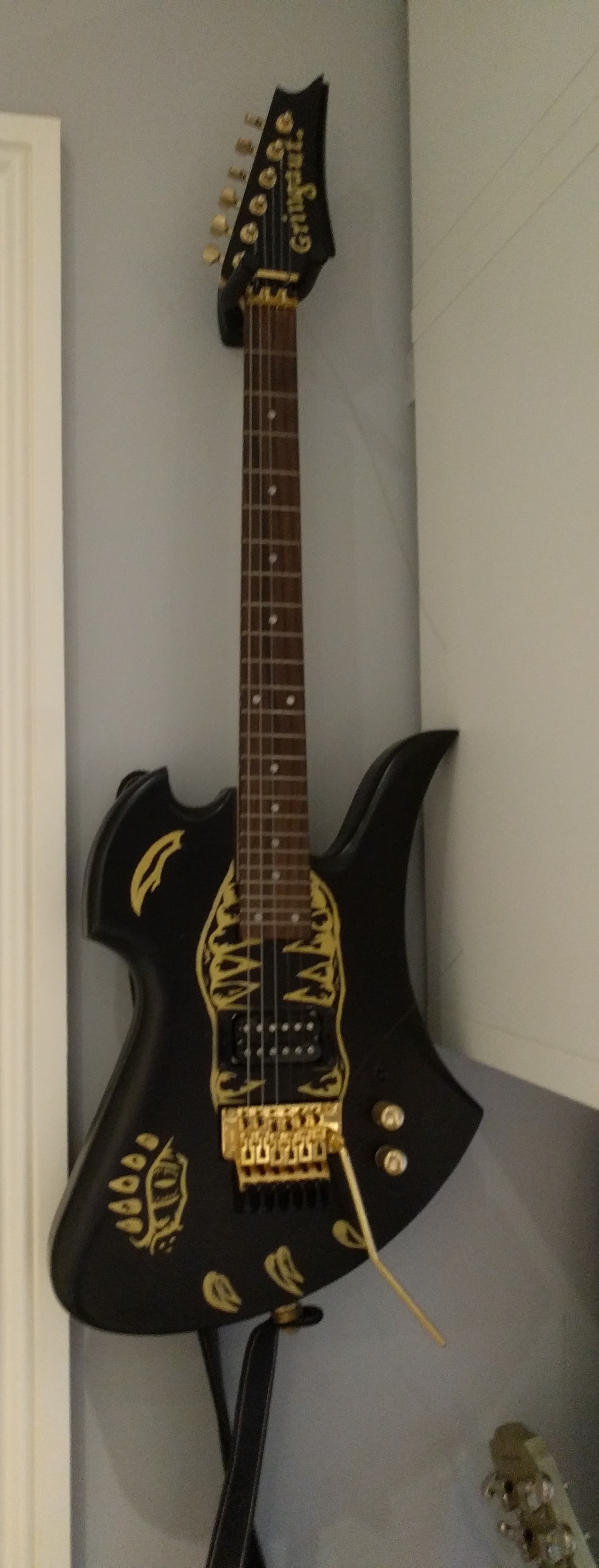
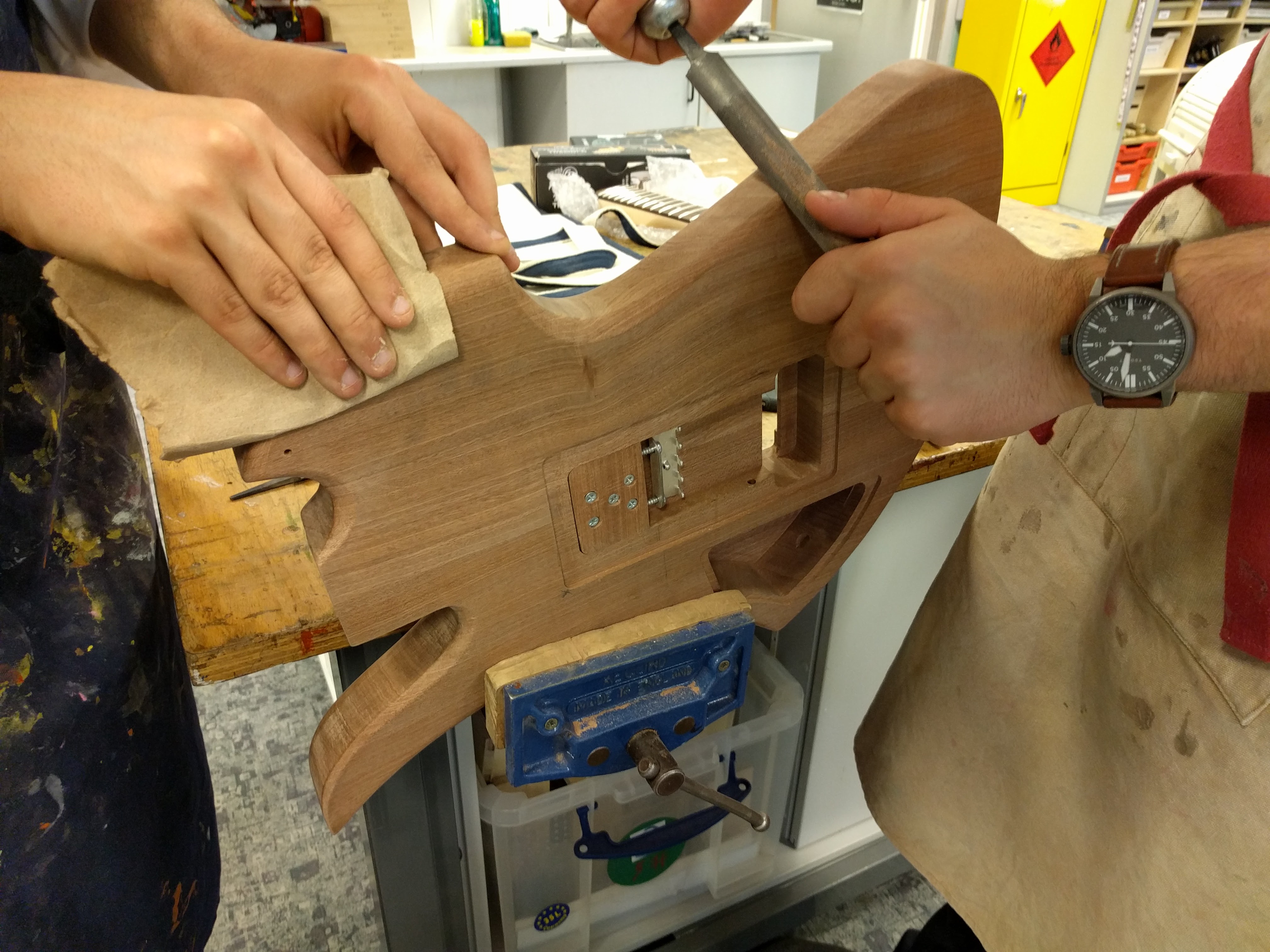
MY JOBS
☆ Intern @ Everyday Robot Project
X, the Moonshot Factory: 3 months, 2021
As of June 2021, I have started working as an intern at The Everyday Robot Project.
Our mission is to build learning robots that help people live better lives, everyday and everywhere.
The Everyday Robot Project is part of X, the Moonshot Factory, a branch of Alphabet, Inc. dedicated
to creating radical new technologies to solve the world's hardest problems.
Check out the Everyday Robot Project.
Check out X, the Moonshot Factory, formerly Google [x].
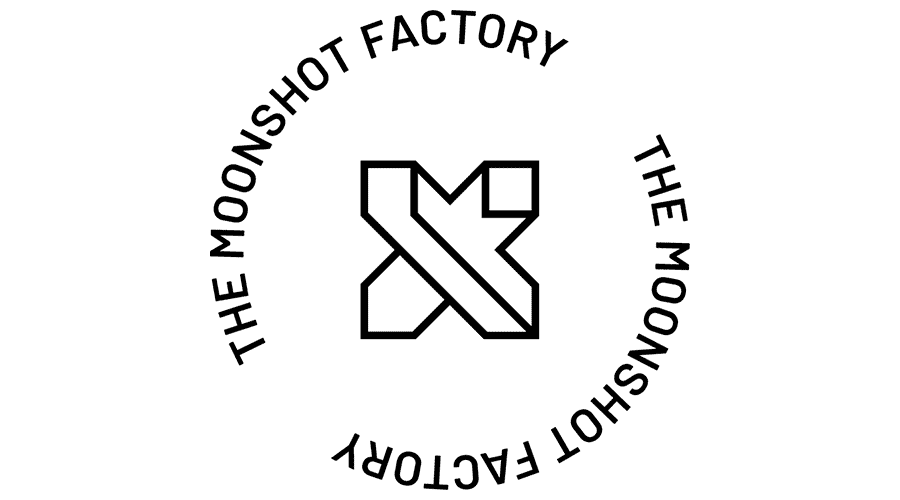
Course Assistant: EE 108, Digital System Design
Stanford Electrical Engineering (Teaching): 3 months, 2019
I TA-ed for this notoriously difficult class at Stanford.
Check out the project I did as a student in the class!
Every week I lead one interactive lecture, teaching coursework and leading students through questions.
I also held regular office hours where I helped students to build and debug their projects and homeworks.
In EE108, homeworks are one part significant Verilog implementations and another part theory,
so there's plenty of debugging to do. Finally, I wrote midterm and final exam questions,
and graded every type of coursework the students submitted.
Regarded as one of the hardest core classes, all Stanford EE majors are required to take it,
it's definitely an unforgettable experience!

Spacecraft Integration & Testing Engineer (Intern)
Capella Space (Space/Satellites): 4 months, 2019
I worked on Capella's second satellite, Sequoia, which was recently documented as
the World’s Highest Resolution Commercial SAR Imagery".
At Capella, I assembled the company's most complete spaceflight control systems testbench to-date.
I also redeveloped the whole company's documentation for speed & reliability, no mean feat for a highly regulated
industry and fast growing company.
Finally, I did EE work, conducting bring-up on PCBs, and building & correcting wire harnesses.
In fact, I became so well known for my harnessing work, I took on the name Omnetics Man, along with my trusty side-kick, who was based on one of my coworker's dogs: see fan art below.
Here's an excerpt from my final presentation:
As Omnetics Man, I gained powers less useful for crime fighting, such as the ability to name the Omnetics abbreviated connector name for any connector you could ever want. From your A28000s to your A99100s. But this transformation gave me some useful powers too. My internship became a crossover movie where I teamed up with the great hero Vu Le Vu Coucher Avec Moi. He and I built more custom testbed harnesses than the number of scooters in this city.
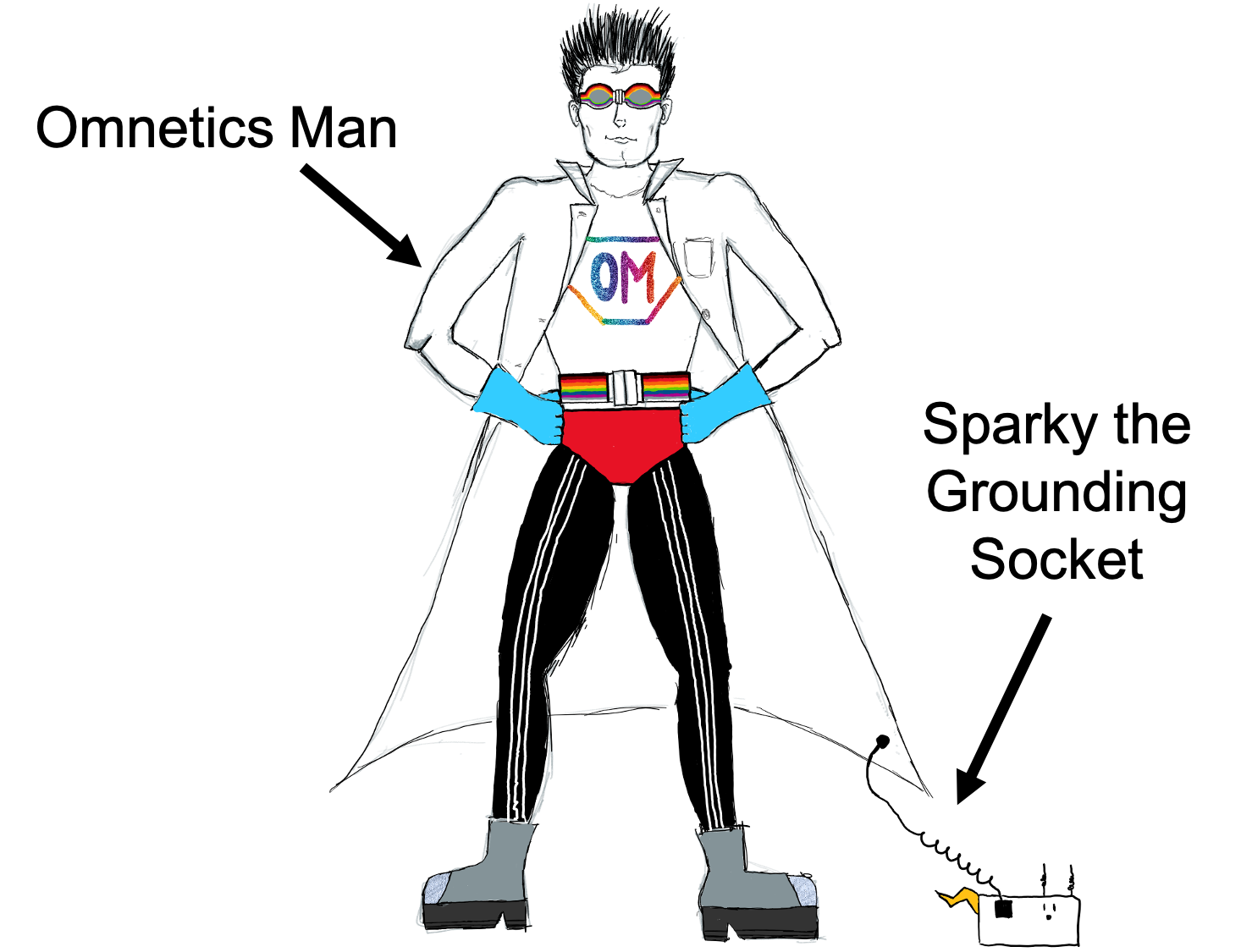
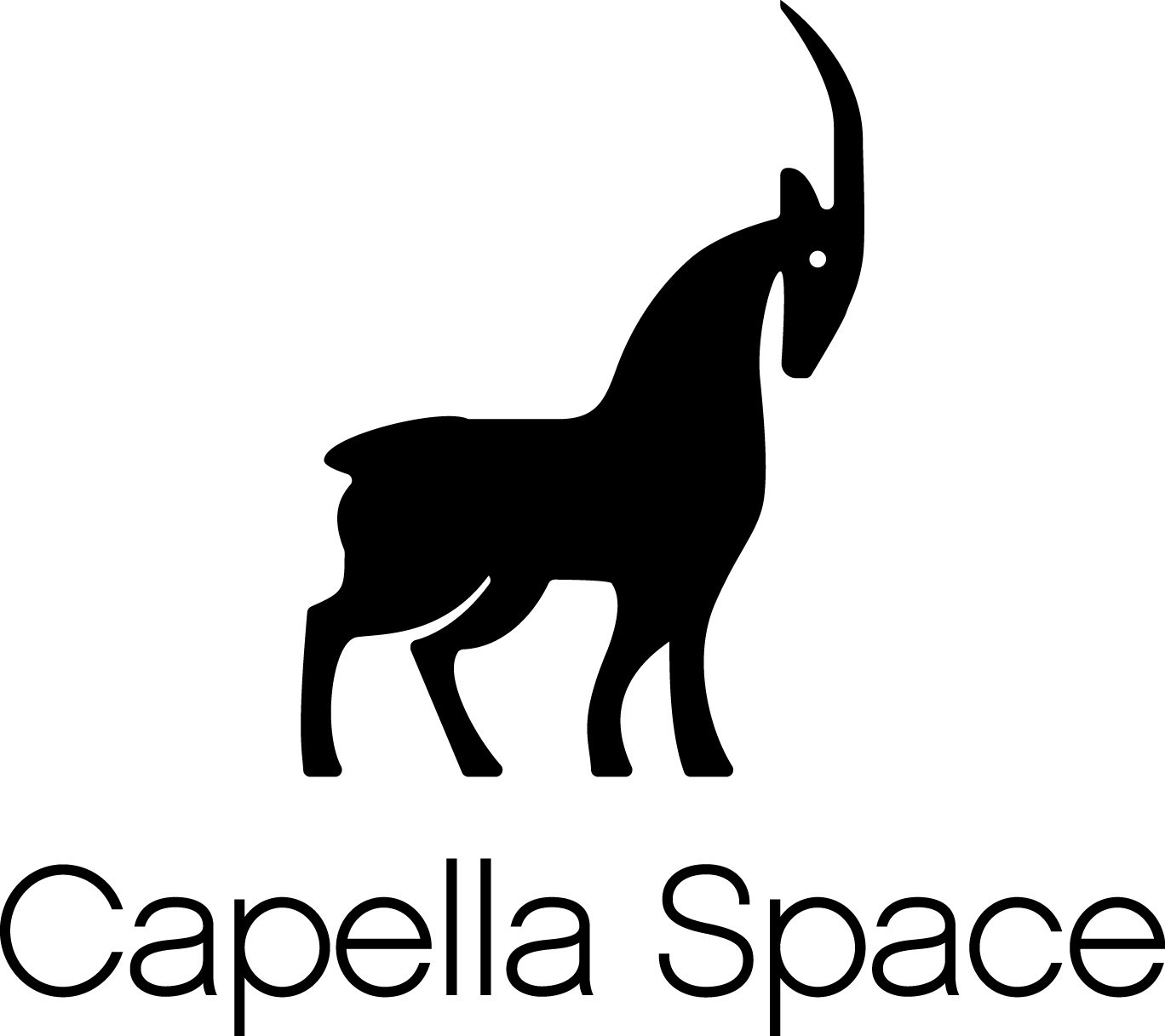
Full stack & Ethereum Smart Contract Software Engineer (Intern)
Aztec (Crypto): 3 months, 2018
Aztec, an Entrepreneur First graduate, was pivoting its business as I was interning.
So, as only the fifth person around the table in King's Cross, I worked on many of this start-up's needs.
I learned Solidity, the main Etheruem language for implementing smart contracts, to design a new crypto-asset and a decentralized exchange to trade these assets in a trust-less and confidential way.
I also helped the company to build their consumer-facing product by creating back- and front-end features, using AWS & Google Cloud Services and React.js & Redux.js.
Go check them out!
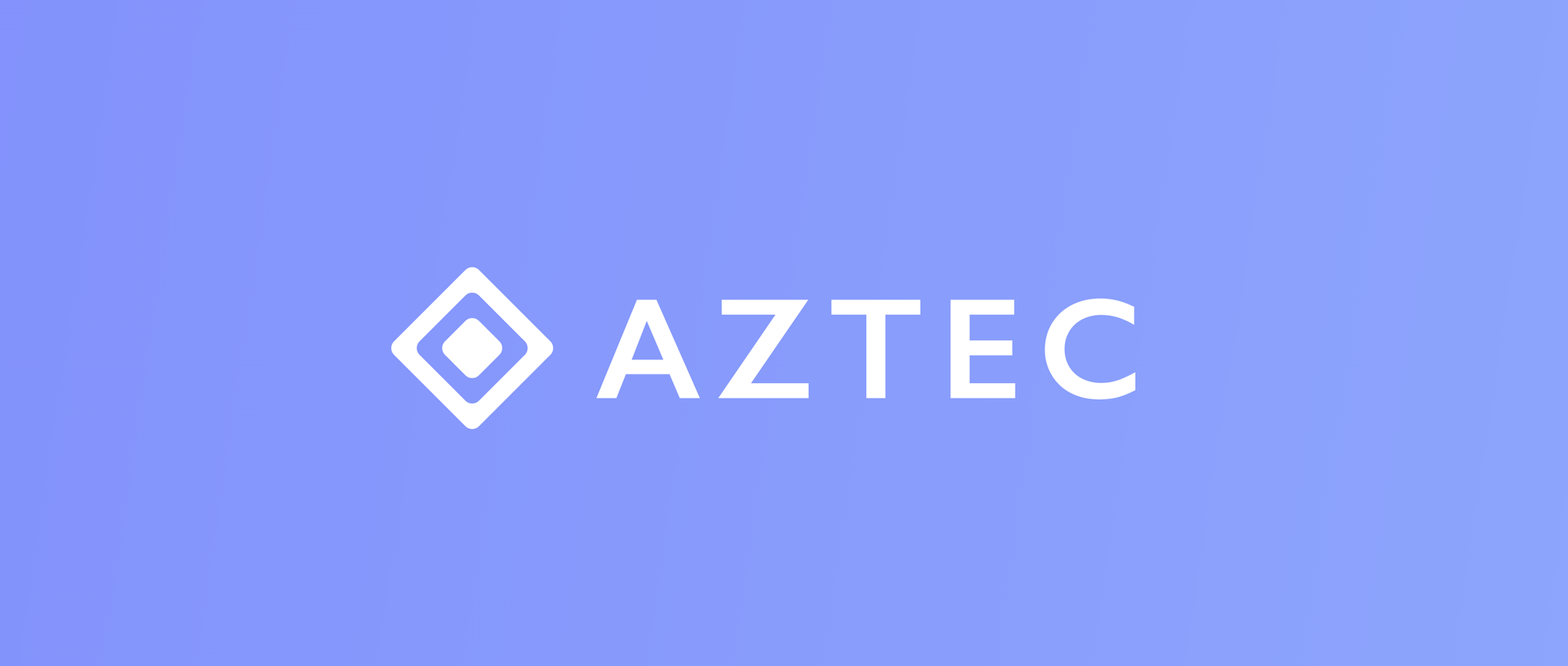
Mechanical Engineer (Intern)
PRENAV (Autonomous Drones): 2 months, 2016
PRENAV specialises in autonomous drone inspections.
While I was there, there were fewer than 20 employees in the office, so like at Aztec
I worked on many of the start-up's needs.
Notably, I manufactured quadcopter bodies using carbon fibre for autonomous filming drones.
I also coded and designed 3D printer heating & cooling systems, using my experience building my own 3D printer as a teen.
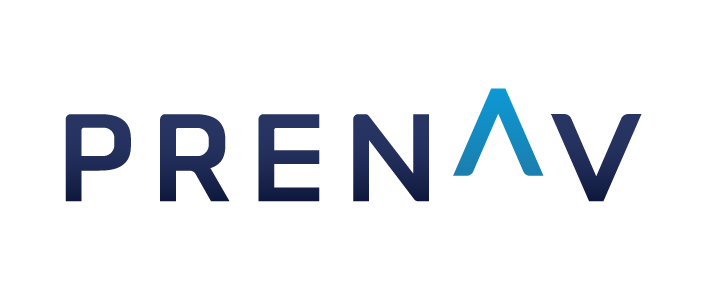
Software Engineer (Intern)
Vave Health Inc. (MedTech): 2 months, 2015
As a 16 year-old and the fifth person working at the start-up, I never expected to find such an incredibly talented and supporting group of people.
At Vave, we were building a handheld, pocket-sized, wireless ultrasound device.
And so it wouldn't be too easy, it was to be much cheaper than competitors.
While there I taught myself C to develop sensor data collection & interpretation software the medical device.
I learned all about I2C (which later came in handy to build Boggo the Doggo),
medical devices, and extrapolating position from a 9-axis IMU.
I also helped the start-up conduct competitive analysis for their board meetings.
Go check them out!

